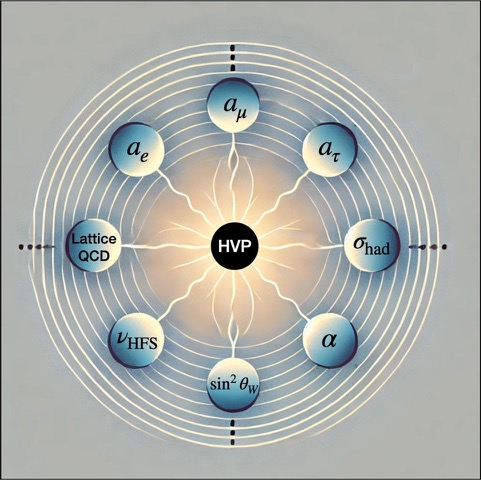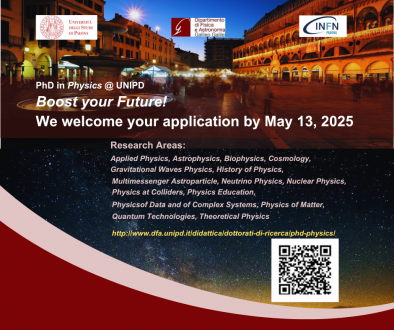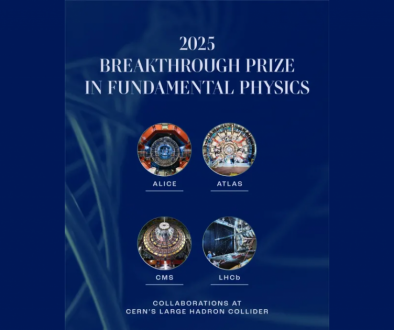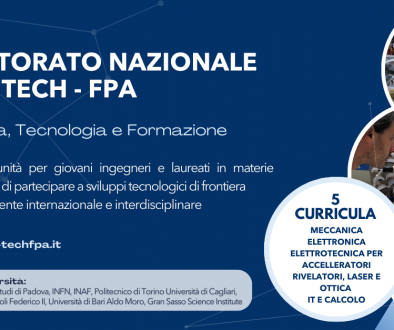New Study on the Hadronic Vacuum Polarization Contribution to the Muon g-2 to Resolve Standard Model Tensions
The hadronic vacuum polarization (HVP) contribution to the anomalous magnetic moment of the muon (g-2) is crucial for determining whether new physics is present in the comparison between the Standard Model (SM) prediction and experimental measurements at Fermilab. Historically, HVP contributions have been determined via dispersion relations, relying on a vast catalog of low-energy e+e- → hadrons cross-section data. These dispersive estimates predict a muon g-2 discrepancy of more than 5σ when compared to experimental results.
However, recent lattice QCD calculations and new measurements by the CMD-3 collaboration support a no-new-physics scenario, leading to significant tension with the previous e+e- → hadrons data. This study, conducted by Luca Di Luzio, Antonio Masiero and Paride Paradisi from INFN Padua and the University of Padua, in collaboration with Alexander Keshavarzi from the University of Manchester, investigates the implications of these two scenarios for other observables sensitive to HVP contributions, including the electron and tau g-2, the running of α and the weak mixing angle, and the Muonium hyperfine splitting (HFS).
“A more precise understanding of the hadronic vacuum polarization contribution could help clarify some of the current tensions in the muon g-2,” the authors stated. “This work introduces model-independent tools to delve deeper into these challenges and seek answers.”
Among the most promising avenues for independent tests, the study highlights observables related to the electron g-2 and the Muonium HFS. Future experiments and improved theoretical precision may offer greater insights, enhancing our ability to investigate discrepancies and explore potential signs of new physics.
The full study is available in Physical Review Letters: Phys. Rev. Lett. 134, 011902 – January 6, 2025.

This figure highlights various observables from particle to atomic physics that are sensitive to the HVP contribution to the muon g-2, offering model-independent tests to resolve the current tensions between data-driven estimates and recent lattice QCD evaluations.




